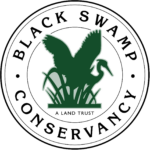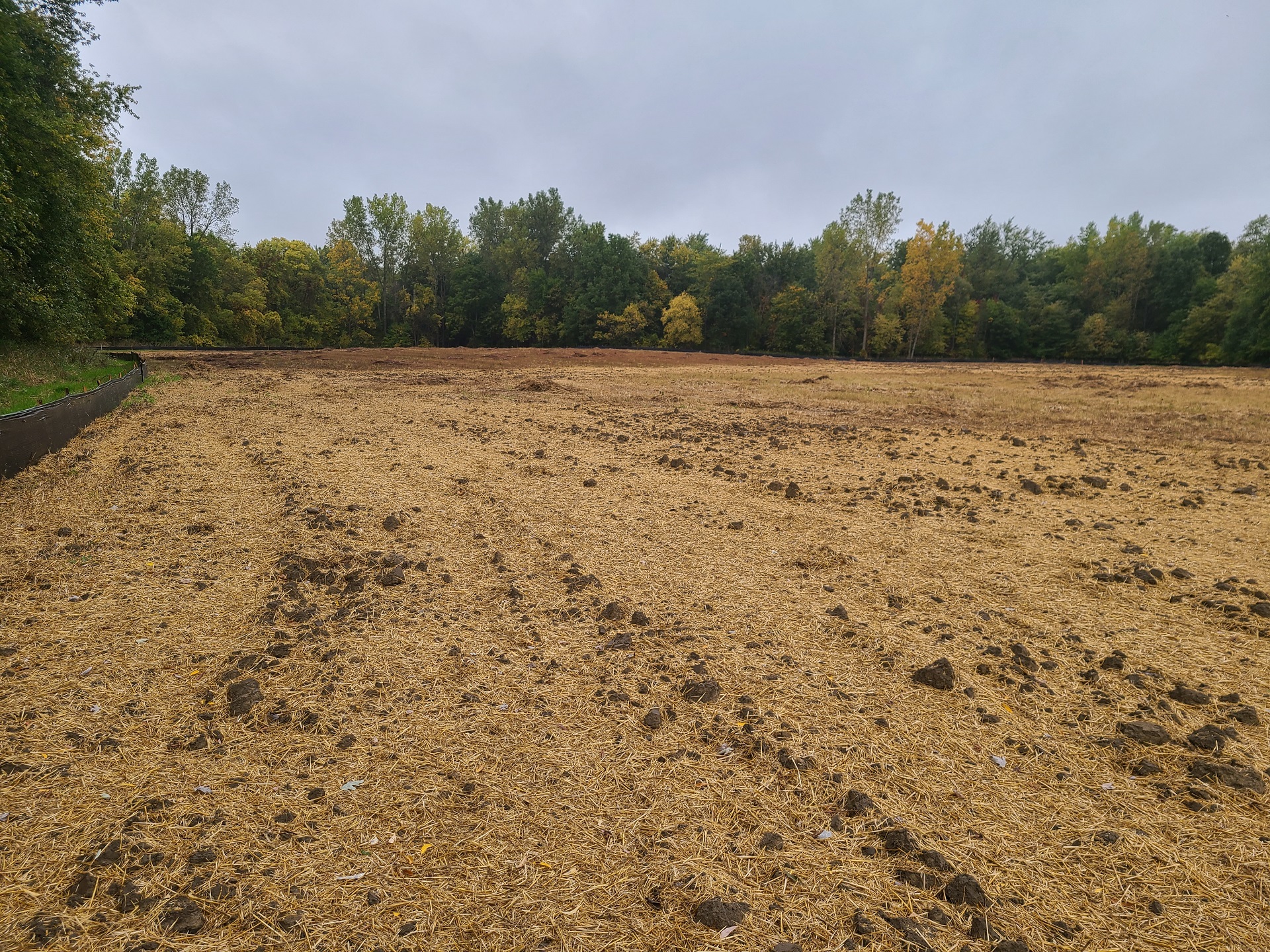In 2019, Ohio set forth a bold vision to improve water quality in Lake Erie and throughout the State with the advent of the H2Ohio program.
This new program is now resulting in on-the-ground work that will have long-reaching benefits. In collaboration with partners like the Ohio Department of Natural Resources and local parks departments, the Conservancy has broken ground on three major restoration projects in the last three months.
This is the first time in the history of the organization that we’ve been able to start so many extensive projects at once, thanks to key grant funding from the H2Ohio water quality plan. Collectively, these projects are budgeted to invest more than $2 million and will restore 113 acres of land to natural habitat, supporting H2Ohio’s priority of creating wetlands to reduce nutrient runoff.
In 2019, Ohio set forth a bold vision to improve water quality in Lake Erie and throughout the State with the advent of the H2Ohio program.
This new program is now resulting in on-the-ground work that will have long-reaching benefits. In collaboration with partners like the Ohio Department of Natural Resources and local parks departments, the Conservancy has broken ground on three major restoration projects in the last three months.
This is the first time in the history of the organization that we’ve been able to start so many extensive projects at once, thanks to key grant funding from the H2Ohio water quality plan. Collectively, these projects are budgeted to invest more than $2 million and will restore 113 acres of land to natural habitat, supporting H2Ohio’s priority of creating wetlands to reduce nutrient runoff.
 ST. JOSEPH RIVER FARM & FLOODPLAIN
ST. JOSEPH RIVER FARM & FLOODPLAIN
Pictured are Conservancy Executive Director Rob Krain and ODNR Director Mary Mertz, ready to break ground on another restoration project along the St. Joseph River in Williams County! This property, which the Conservancy purchased earlier in 2020, includes 56 acres of cropland that is being converted back to natural habitat; including wetlands, upland forest and riparian floodplain. In addition to expanding wildlife habitat, the project will help to capture nutrients and sediments before they are able to get into the river – and eventually Lake Erie.
About ten acres of the property is being retained for agricultural use through Black Swamp Conservancy’s Food and Farm program and will be rented to a beginning farmer to produce food crops for local consumption using ecologically responsible practices.
 ST. JOSEPH CONFLUENCE RECONNECTION
ST. JOSEPH CONFLUENCE RECONNECTION
The east and west branches of the St. Joseph River convene on this property, which the Conservancy purchased late last year. In addition to the mature forested wetlands on site, the preserve included two agricultural areas that are now being restored.
This project – which includes the decommissioning of subsurface drainage tiles, restoration of wetlands, removal of dikes to encourage flooding, and reforestation – will have long-term benefits.
Removing dikes and restoring floodplain wetlands with native vegetation will capture nutrient-laden floodwaters from the St. Joseph River and its tributaries on the property. Restoring deciduous forest will provide benefits to wildlife and absorb rainfall from storm events.
In addition to water quality benefits, this project will increase habitat for wildlife species including the federally threatened copperbelly water snake. The reptiles, found in parts of Michigan, Indiana, and Ohio, need shallow wetlands along the edges of larger wetlands complexes where they can hunt for frogs. They have been threatened since 1996.
 RED HORSE BEND CONVERSION
RED HORSE BEND CONVERSION
The Conservancy purchased Red Horse Bend in 2015 to restore it to natural habitats. We have been pursuing funds for this restoration project ever since and – now, with the establishment of H2Ohio, we are able to make that happen.
The property is frequently flooded by the Sandusky River, washing soil and nutrients into the river and eventually Lake Erie. This restoration will cause the property to hold water on-site, allowing new wetland vegetation to uptake nutrients.
Fifty five acres are being converted from grain production to a wetland-upland complex with hydrologic connection to the river and water filtration built into the restoration design. The Conservancy’s goals for this project are to increase nutrient uptake, reduce sedimentation and erosion, increase wetland habitat, and improve stream and riparian habitat.
We are working closely on this project with our partners at Sandusky County Park District and plan to open the property as a public park in 2022.
 FORDER BRIDGE FLOODPLAIN RECONNECTION
FORDER BRIDGE FLOODPLAIN RECONNECTION
Shortly after the Conservancy purchased the Forder Bridge site in 2016, most of the property was taken out of agricultural use and reforested with native tree plantings. This new project will create a series of “treatment chain” wetlands along a repaired stream on the property.
“The goal of this project is to slow the runoff of water from the property and allow natural vegetation to uptake nutrients and other pollutants from that water,” said the Conservancy’s Conservation Manager Melanie Coulter. “Once complete, it will help to improve water quality in the Maumee River Watershed and make a more stable ecosystem for native species.”
This property is an official launch point for the Maumee River Water Trail, and a popular location for local fishermen and boaters. We are taking advantage of having construction equipment on-site by also improving river access and the boat launch.


